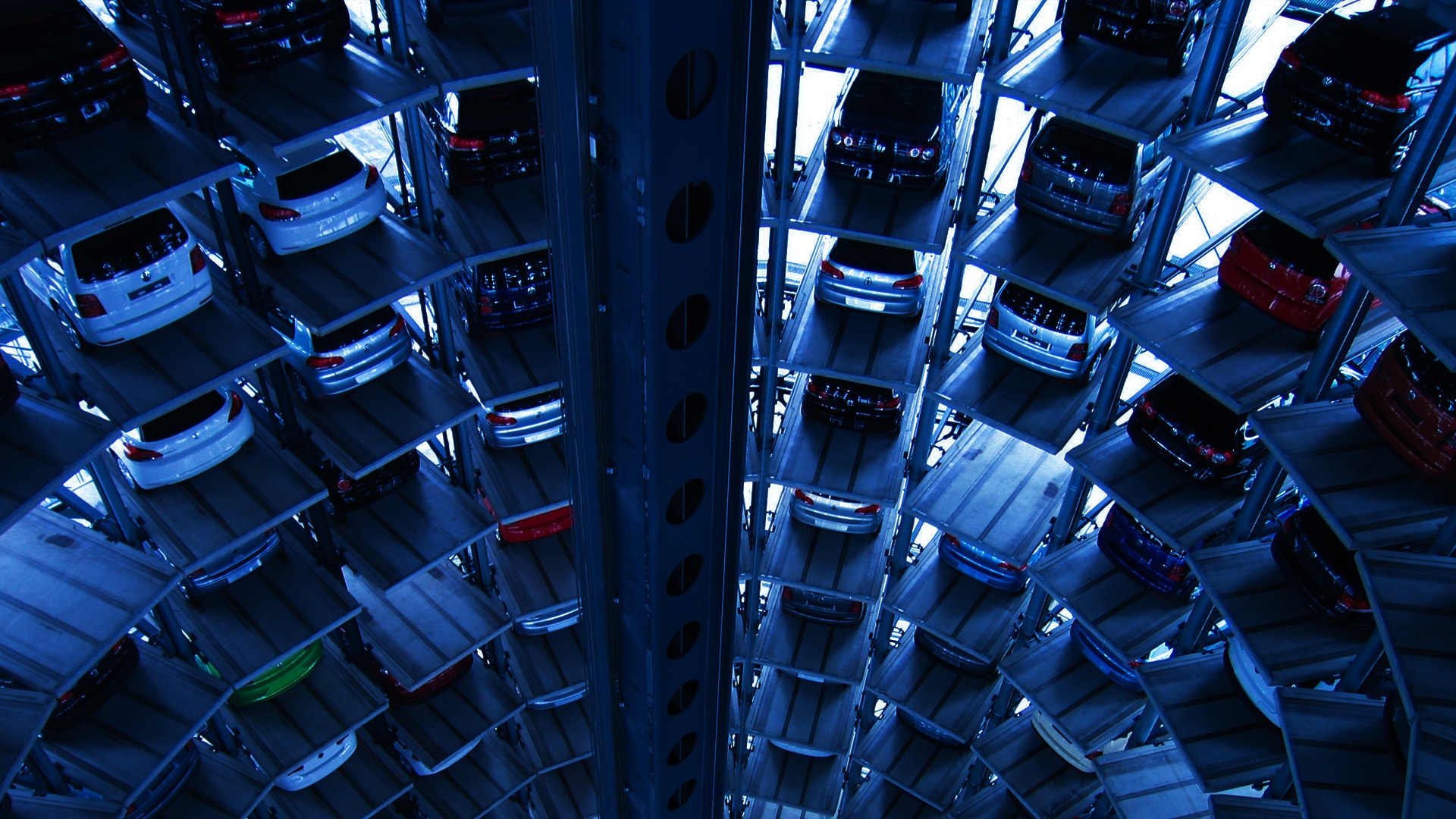E-commerce trends:
mobility and car sales
A look into e-commerce trends and how these have influenced mobility and car sales through the years. Hypothesising – considering the data collected through the Sonar Trend Platform – how the sector could re-invent itself in the future.
#Computing & Infrastructure
#Robotics & Autonomous Things
#IoT

What’s trending in the automotive
market? Now is the chance to set new standards for mobility.
The big picture
Digital progress has disrupted
the mobility sector's control of customer interaction. How will mobility re-invent itself?
A generation of digital progress has disrupted the mobility sector's control of customer interaction.
As a new decade begins, the commoditisation of e-commerce
across the mobility sectors presents itself as perhaps the
biggest threat – and opportunity – for change.
Customer led demand for innovation will leave no part of the
automotive industry untouched. The coming decade looks set to permanently re-invent our perception of mobility.
The opportunity
The onset of the digital age in
automotive retail
2000
The first online marketplaces for used cars appear. Previously, consumers were dependent on local dealers and the purchase experience was almost 100% physical.
Even when considering a model, awareness was drawn from traditional advertising, and research was largely conducted via printed brochures from dealers.
2005
Online broker platforms appear to provide support during the sales process between authorised dealers and the end consumer.
Sales of new cars focused on the “build-to-stock” model. Online research becomes a crucial part of the experience as platforms begin providing online booking, car configurators and e-brochures.
2010
Consumers research vehicles across different channels. Competition for leads between platforms increase, leading to a professionalisation of the digital experience.
Car subscription services, digital dealerships, and innovative third-party online platforms appear. OEMs increase their focus on multichannel activities – some of them with a direct sales approach.
2015
The process of buying a car continues to undergo digital reinvention. As consumers constantly switched from digital to physical channels (pre- to post-purchase), aligning the online and offline interactions becomes an integral part of the purchase experience.
OEMs increase their focus on selling their cars directly to consumers (DTC) and some of them start launching D2C pilots.
2020
COVID-19 becomes a catalyst to force automotive online retail models to be adopted by most OEMs.
OEMs use an omnichannel approach to compete with evolved online marketplaces, car subscription and sharing services and new players focused solely on digital-first direct-to-consumer platforms. Integration of analytics, pricing tools and financing models in the online purchase process is now a standard application to increase leads.
BY 2025, IT IS ESTIMATED THAT
6 MILLION
NEW VEHICLES
will be sold trought Online Platforms*
The trend
E-Commerce trends in the automotive industry
Starting point
Will the coming decade re-invent our perception of mobility and meet the customer experience expectations in the automotive industry?
Now
Technology is driving
change across the whole automotive landscape
Emerging technologies and the rise of connected, autonomous, electric, and shared (ACES) mobility are disrupting the traditional automotive business landscape.
Digital customer experiences are profiting from new technologies enriching the whole customer journey from marketing, product experience, to purchase and service.
New
Emerging startups and new players are transforming
the playing field
The traditional automotive value chain is experiencing increasing competitive pressure from new players and business models, disturbing the existing power equilibrium.
E-mobility, IT giants and new agile and digital tech businesses capitalizing on as-a-service business models are disrupting vehicle sales as well as aftermarket OEM and dealership structures.
Future
Consumer expectations
and needs will increase
and change
Consumers - especially the younger mobile-first generation - are native to e-commerce.
They see purchasing via digital channels and interfaces with a service mindset, expecting, for example, cross-channel and cross-device buying, 24/7 support, free as well as instant delivery / returns and personalized offerings.